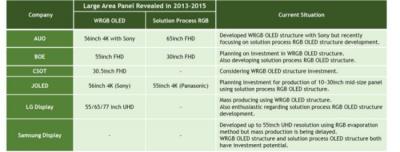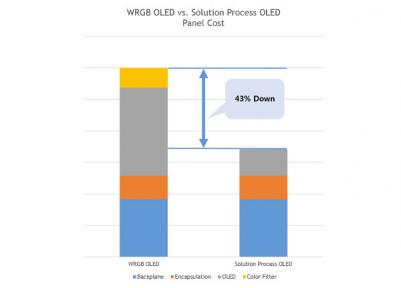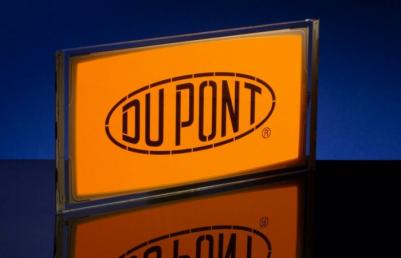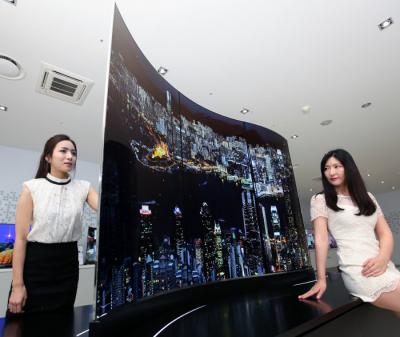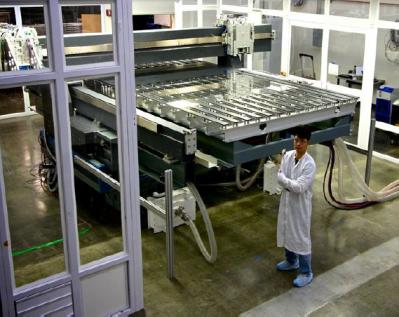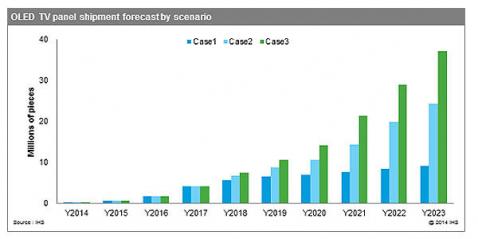ITRI developed a highly efficient blue OLED emitter based on plasmon-coupled green PHOLED
Taiwan's ITRI research institute developed a long-lasting OLED blue emitter. The researchers used a green phosphorescent emitter with a new double metal structure - that emits a blue light. The so-called Plasmon-Coupled Organic Light Emitting Diode (PCOLED) structure's lasts 27 times as long as a blue fluorescent emitter.
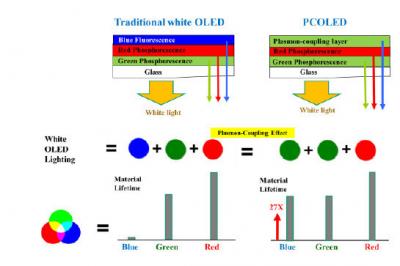
The researchers explain that a regular green phosphorescent emitter always emits a very weak emission. By using the double-metal structure, more plasmons are generated which means a larger blue emission. This is not an up-conversion process - but merely a change in conditions within the green material. This condition was actually discovered by accident.


